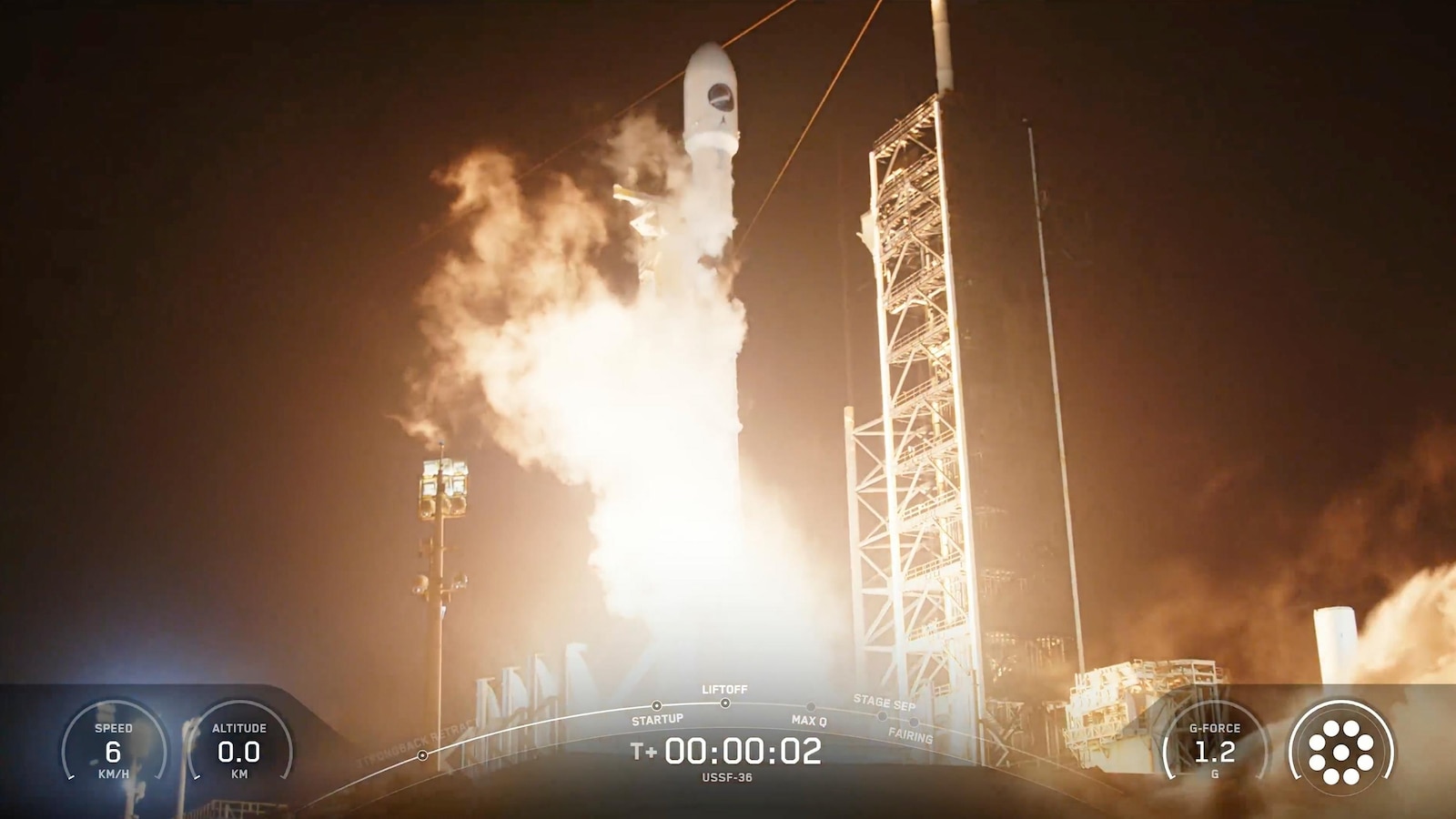## Air Force Space Command: Overview
Air Force Space Command (AFSPC) was the U.S. Air Force’s organization responsible for managing America’s military space operations, including satellite communications, missile warning, space surveillance, and space launch capabilities. Established on September 1, 1982, in Colorado Springs, Colorado, AFSPC was created to consolidate and oversee the Air Force’s growing portfolio of space missions[5]. Its formation marked a significant milestone in recognizing space as a critical domain for national security.
## History and Evolution
AFSPC’s roots trace back to the early Cold War, when the Air Force began developing missile and satellite technologies under organizations like the Western Development Division[3]. However, it was not until the early 1980s that the Air Force formalized its space mission under a single command. In 1985, the broader U.S. Space Command was established to coordinate all military space activities across the Army, Navy, and Air Force, but AFSPC remained the Air Force’s principal space organization[1][5].
AFSPC’s responsibilities expanded over the years, notably assuming command of the nation’s intercontinental ballistic missiles (ICBMs) in 1993[7]. The command played a pivotal role in Operation Desert Storm (1991), which is often called the “first space war” due to the extensive use of satellites for navigation, communication, and reconnaissance—capabilities largely managed by AFSPC personnel[4][5]. This conflict demonstrated the transformative impact of space systems on modern warfare.
## Key Achievements
AFSPC was instrumental in developing and operating critical space assets, such as the Global Positioning System (GPS), early warning satellites for missile defense, and a global network of ground-based space surveillance radars. These systems not only enhanced military effectiveness but also became foundational to global commerce, transportation, and daily life.
The command also fostered a culture of innovation, training a cadre
